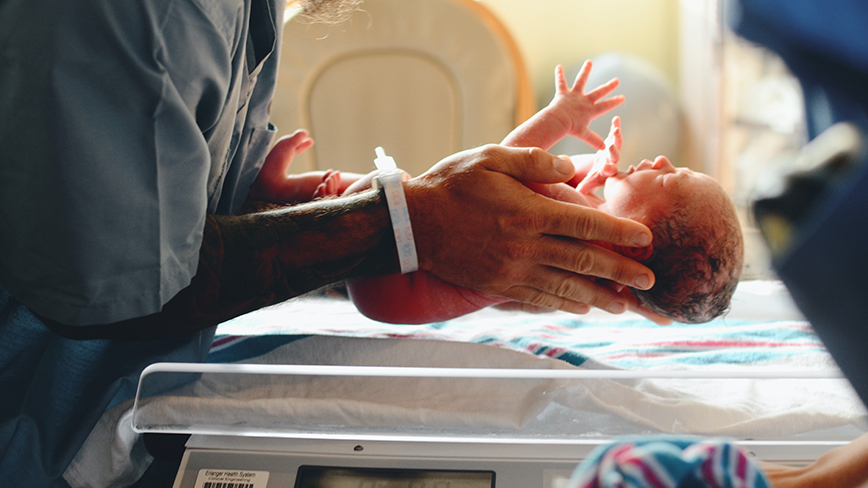Research wants to change fetal monitoring at birth

Researchers at KTH and KI want to reduce the risk of organ failure in children during labour. Therefore, they have started a programme, "Continuous lactate measurement and preventive hypoxia during delivery".
The goal is to achieve continuous lactate measurement during labour, which would mean a completely new technology in healthcare with the potential to change fetal monitoring, according to MedTechLabs fundamentally.
Today, fetal monitoring is done with cardiotocography (CTG), but this method has several areas for improvement. Most foetuses show an affected heart rate at some point during labour, even though they are well-oxygenated. Today, lactate sampling is used to complement CTG when it is non-normal, such as when a capillary blood sample is taken from the fetal skin and analysed for lactic acid levels. A continuous lactate measurement during labour would be a new technique that could fundamentally change fetal monitoring. Oxygen deprivation at birth results in the death or disability of over 1 million babies globally each year.
The programme will develop an integrated system that continuously measures milk concentration with a sensor attached to the foetus. Initially, researchers Malin Holzmann, associate professor at Karolinska Institutet, and Saul Rodriguez Duenas , senior lecturer at the Royal Institute of Technology, will develop a prototype, after which animal studies on sheep foetuses are planned. After that, human observational studies can begin.
The MedTechLab steering committee approved the programme in October 2023, and will run for five years, starting in January 2024.
